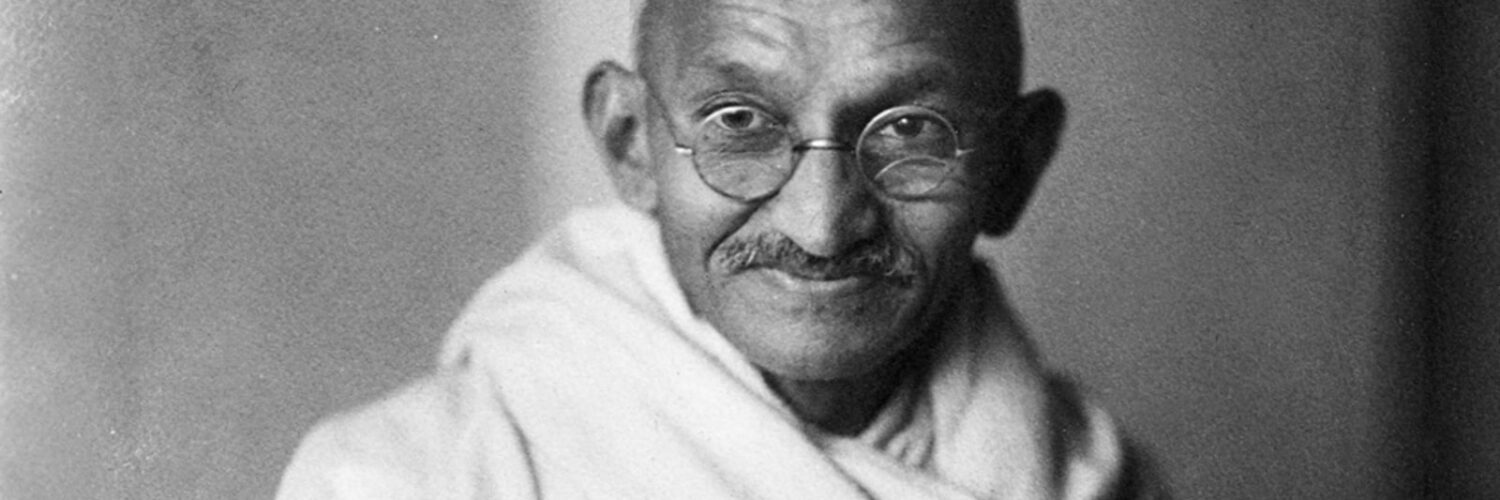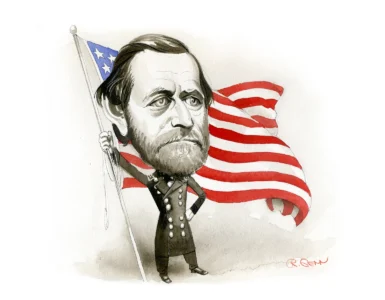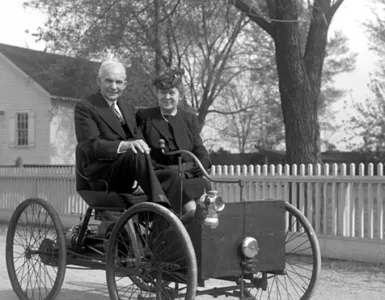Mahatma Gandhi, born Mohandas Karamchand Gandhi, is one of the most iconic figures in history. Known as the “Father of the Nation” in India, Gandhi led a life dedicated to truth, non-violence, and justice. He played a pivotal role in India’s struggle for independence from British rule and inspired movements for civil rights and freedom across the world. This article explores Gandhi’s life, his beliefs, his role in India’s independence movement, and his lasting legacy.
Early Life and Education
Mohandas Karamchand Gandhi was born on October 2, 1869, in Porbandar, a coastal town in what is now Gujarat, India. He was born into a middle-class Hindu family; his father, Karamchand Gandhi, was the chief minister (Diwan) of Porbandar, and his mother, Putlibai, was deeply religious and greatly influenced Gandhi’s values and beliefs.
As a child, Gandhi was shy and quiet but demonstrated a strong sense of right and wrong. After completing his schooling in India, Gandhi traveled to London in 1888 to study law at University College London. This journey marked a significant turning point in his life. While studying law, Gandhi encountered a variety of cultures and religious beliefs, which deepened his understanding of the world. After becoming a qualified barrister, he returned to India in 1891 to practice law.
Gandhi’s Transformation in South Africa
In 1893, Gandhi accepted a one-year contract to work as a lawyer in South Africa, a British colony at the time. What was meant to be a brief stay turned into a life-changing experience. In South Africa, Gandhi faced discrimination for being an Indian and was shocked by the widespread racism against the Indian and Black populations. He personally experienced racial prejudice when he was thrown out of a first-class train compartment despite holding a valid ticket.
This event, along with many other incidents of discrimination, profoundly affected Gandhi and motivated him to fight against injustice. It was in South Africa that Gandhi developed his concept of Satyagraha—a form of non-violent resistance to oppression and injustice. For over 20 years, he led campaigns for civil rights, fair treatment of Indian immigrants, and social reform in South Africa, becoming a respected leader for Indians and a voice against racism.
Return to India and Early Movements
In 1915, Gandhi returned to India, where he was warmly welcomed as a hero for his work in South Africa. He quickly became involved in local movements against the British colonial rule, which governed India at the time. He joined the Indian National Congress, the political party leading the independence movement, and soon became one of its prominent leaders.
One of Gandhi’s first movements in India was in Champaran, Bihar, where local farmers were forced to grow indigo under exploitative conditions set by British planters. Gandhi organized a Satyagraha campaign and mobilized the farmers to peacefully protest against the injustice. His efforts were successful, and the British authorities eventually made concessions, marking Gandhi’s first major victory in India.
In 1918, Gandhi led another successful campaign for the mill workers in Ahmedabad, who were demanding better wages and working conditions. These early successes established Gandhi as a leader who could effectively challenge British authority using non-violent methods.
Non-Cooperation Movement and the Fight for Independence
By the 1920s, Gandhi became a national figure and the face of India’s struggle for freedom. He launched the Non-Cooperation Movement in 1920, urging Indians to boycott British goods, institutions, and laws, and instead support Indian-made products (Swadeshi). This peaceful mass protest aimed to weaken British rule by encouraging Indians to reject all forms of British control. Thousands of Indians participated by resigning from government jobs, boycotting schools, courts, and foreign goods, and holding peaceful demonstrations.
While the movement was largely successful in uniting Indians against British rule, it took a setback in 1922 when violence broke out in Chauri Chaura, Uttar Pradesh, resulting in the deaths of police officers. Gandhi, a firm believer in non-violence, called off the movement, believing that India’s independence should not come at the cost of bloodshed.
The Salt March and Civil Disobedience
In 1930, Gandhi launched the Salt March, also known as the Dandi March, which became one of the most famous acts of civil disobedience in history. The British imposed a tax on salt, a basic necessity for Indians, making it illegal for them to produce their own salt. To protest this unjust law, Gandhi marched 240 miles from Sabarmati Ashram to the coastal village of Dandi. Along the way, thousands joined him, and on reaching Dandi, Gandhi defied the law by making salt from seawater.
The Salt March gained international attention, showcasing the power of non-violent protest and uniting Indians across caste, religion, and region against British rule. This movement marked a critical moment in India’s independence struggle and demonstrated Gandhi’s ability to inspire and mobilize people for a common cause.
The Quit India Movement and Struggle for Freedom
During World War II, Britain was heavily involved in fighting against the Axis powers. Gandhi saw the war as an opportunity to intensify India’s demand for independence. In 1942, he launched the Quit India Movement, calling for the British to leave India immediately. The movement called for mass protests, strikes, and the complete withdrawal of British forces from India.
The British responded by arresting Gandhi and other prominent leaders of the Indian National Congress, leading to widespread protests and civil unrest across the country. Despite the repression, the Quit India Movement united Indians in their demand for complete independence. Gandhi remained imprisoned for two years and was released in 1944 due to his declining health.
Partition and Indian Independence
India finally achieved independence on August 15, 1947. However, this freedom came at a cost. The country was partitioned into two separate nations: India and Pakistan, based on religious lines, with Pakistan being predominantly Muslim and India predominantly Hindu. The partition led to one of the largest migrations in history, accompanied by violence, riots, and bloodshed between Hindus, Muslims, and Sikhs.
Gandhi was deeply pained by the partition and the violence that followed. He tirelessly worked for peace and harmony between Hindus and Muslims, advocating for unity and brotherhood. During these difficult times, Gandhi conducted several fasts to bring an end to communal violence.
Assassination and Legacy
On January 30, 1948, Gandhi was assassinated in New Delhi by Nathuram Godse, a Hindu nationalist who opposed Gandhi’s views on religious tolerance and blamed him for favoring Muslims during the partition. His death was a tremendous loss for India and the world. Millions mourned the death of the man who symbolized peace, unity, and the fight for justice.
Despite his death, Gandhi’s legacy continues to inspire people around the world. His philosophy of Ahimsa (non-violence) and Satyagraha have influenced countless leaders and civil rights movements, including Martin Luther King Jr.’s fight against racial segregation in the United States and Nelson Mandela’s struggle against apartheid in South Africa.
Gandhi’s message of love, truth, and non-violence remains relevant even today, promoting peace and unity in a world that continues to face divisions and conflicts.
Conclusion
Mahatma Gandhi’s life was dedicated to truth, justice, and the upliftment of humanity. From his early days in South Africa to his role as the leader of India’s independence movement, Gandhi showed that non-violence and peaceful resistance could be powerful tools for social and political change. He is remembered as the “Father of the Nation” in India and an enduring symbol of peace and tolerance worldwide.
His principles of non-violence and Satyagraha have inspired generations and continue to serve as a beacon of hope for those seeking freedom, justice, and equality. Gandhi’s life story is a reminder of the power of compassion, unity, and the ability to bring about change through non-violent means.





Add comment